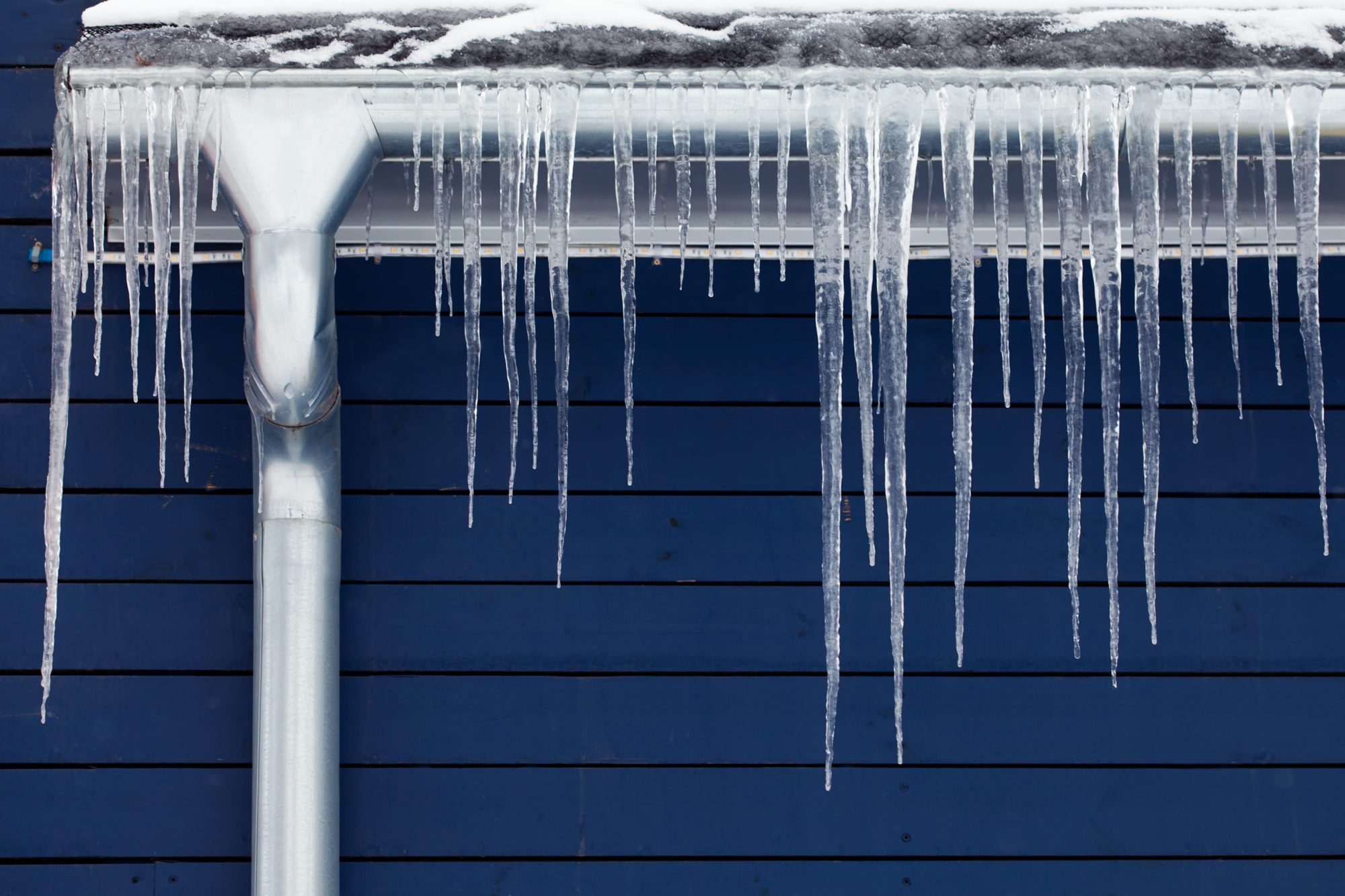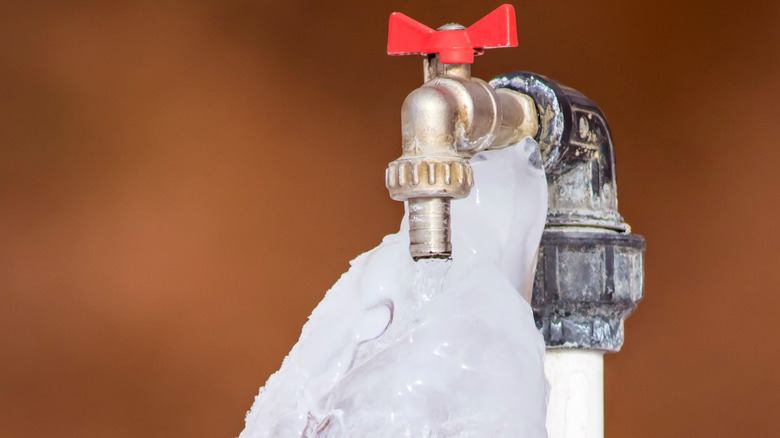We have encountered the article on Preventing and dealing with frozen pipes down the page on the web and reckoned it made perfect sense to write about it with you in this article.

Cold weather can wreak havoc on your pipes, especially by freezing pipelines. Below's how to prevent it from occurring and what to do if it does.
Intro
As temperatures decline, the threat of frozen pipelines increases, potentially causing expensive repair services and water damage. Understanding just how to stop frozen pipes is critical for home owners in cool environments.
Prevention Tips
Protecting vulnerable pipelines
Wrap pipes in insulation sleeves or utilize warm tape to secure them from freezing temperature levels. Focus on pipes in unheated or exterior locations of the home.
Home heating strategies
Maintain indoor rooms adequately heated, particularly areas with plumbing. Open closet doors to permit cozy air to flow around pipes under sinks.
Exactly how to identify icy pipes
Seek decreased water circulation from taps, uncommon smells or noises from pipes, and noticeable frost on exposed pipes.
Long-Term Solutions
Architectural adjustments
Think about rerouting pipelines far from outside walls or unheated areas. Add extra insulation to attics, basements, and crawl spaces.
Updating insulation
Purchase high-quality insulation for pipelines, attic rooms, and wall surfaces. Appropriate insulation assists maintain constant temperatures and decreases the threat of icy pipes.
Protecting Exterior Pipes
Garden pipes and exterior taps
Disconnect and drain garden pipes prior to winter season. Install frost-proof spigots or cover outside taps with protected caps.
Recognizing Frozen Pipes
What creates pipelines to ice up?
Pipelines ice up when revealed to temperature levels listed below 32 ° F (0 ° C) for prolonged durations. As water inside the pipelines freezes, it broadens, putting pressure on the pipeline wall surfaces and possibly triggering them to rupture.
Dangers and damages
Icy pipelines can cause water system interruptions, building damages, and expensive fixings. Ruptured pipes can flood homes and create extensive architectural damages.
Indications of Frozen Pipeline
Identifying frozen pipelines early can prevent them from breaking.
What to Do If Your Pipelines Freeze
Immediate actions to take
If you presume frozen pipes, keep faucets open up to ease pressure as the ice melts. Use a hairdryer or towels soaked in hot water to thaw pipelines slowly.
Verdict
Preventing frozen pipelines requires positive actions and quick actions. By understanding the causes, indications, and safety nets, property owners can secure their pipes throughout cold weather.
5 Ways to Prevent Frozen Pipes
Drain Outdoor Faucets and Disconnect Hoses
First, close the shut-off valve that controls the flow of water in the pipe to your outdoor faucet. Then, head outside to disconnect and drain your hose and open the outdoor faucet to allow the water to completely drain out of the line. Turn off the faucet when done. Finally, head back to the shut-off valve and drain the remaining water inside the pipe into a bucket or container. Additionally, if you have a home irrigation system, you should consider hiring an expert to clear the system of water each year.
Insulate Pipes
One of the best and most cost-effective methods for preventing frozen water pipes is to wrap your pipes with insulation. This is especially important for areas in your home that aren’t exposed to heat, such as an attic. We suggest using foam sleeves, which can typically be found at your local hardware store.
Keep Heat Running at 65
Your pipes are located inside your walls, and the temperature there is much colder than the rest of the house. To prevent your pipes from freezing, The Insurance Information Institute suggests that you keep your home heated to at least 65 degrees, even when traveling. You may want to invest in smart devices that can keep an eye on the temperature in your home while you’re away.
Leave Water Dripping
Moving water — even a small trickle — can prevent ice from forming inside your pipes. When freezing temps are imminent, start a drip of water from all faucets that serve exposed pipes. Leaving a few faucets running will also help relieve pressure inside the pipes and help prevent a rupture if the water inside freezes.
Open Cupboard Doors
Warm your kitchen and bathroom pipes by opening cupboards and vanities. You should also leave your interior doors ajar to help warm air circulate evenly throughout your home.

Do you enjoy reading up on How to prepare your home plumbing for winter weather? Try to leave a remark below. We would be glad to see your responses about this blog. We are looking forward that you come back again before long. I beg you take the opportunity to distribute this content if you appreciated it. We cherish reading our article about Prevent Frozen Pipes .
Schedule An Appointment